According to Kachin mythology, Manaw was first performed by Nat, spirits, and birds. Nat, spirits invited living creatures from land to participate in the Manaw dance in heaven. Only birds have participated. Afterward, birds came down to land and they taught humans how to dance Manaw dance.
From another folk-tale, there were 9 Suns appeared on earth. Humans were suffered a lot from that incident. They decided to send birds to heaven for mercy. Birds were performed Manaw dance and sang for Nat, spirits. They were pleasured by their performance and they let them dance Manaw dance on earth. Later, men have emulated the dance from birds and started dance Manaw dance to worship Nat, spirits.
Manaw (Manau) was called after the proverb " Masaw Nau Ningsan Jau". 'Masaw Ningsan' means heaven and above. 'Nau', 'Jau', 'Jaw' men give and worship. Manau means worship to God or heaven.
In 1947, a Manau was held to celebrate the end of Japanese occupation. Following independence, the Burmese government helped provide finances for the Myitkyina Manau annually on Kachin State Day up until 1958.
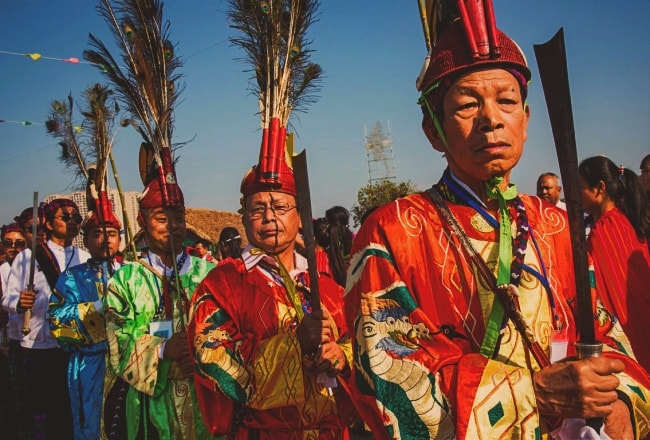


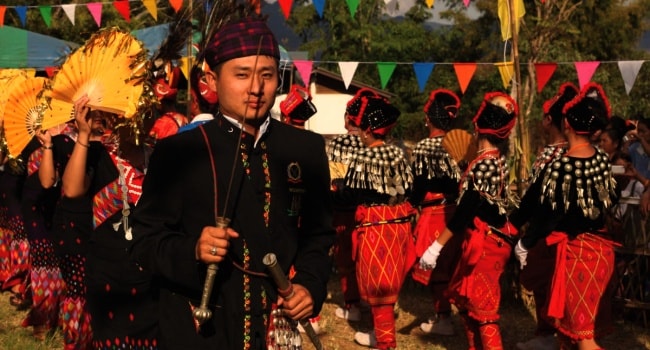

 07/01/2026
07/01/2026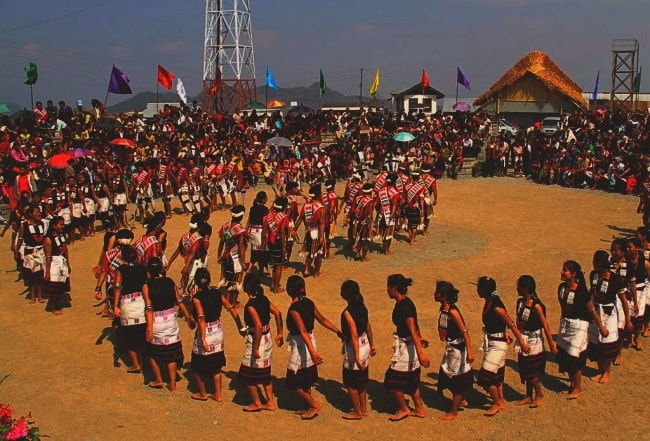
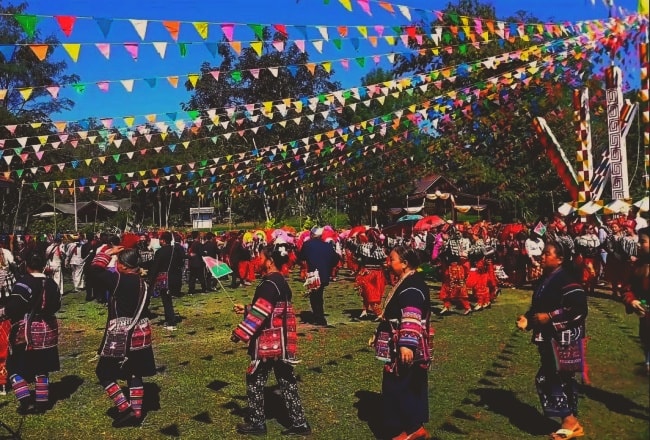
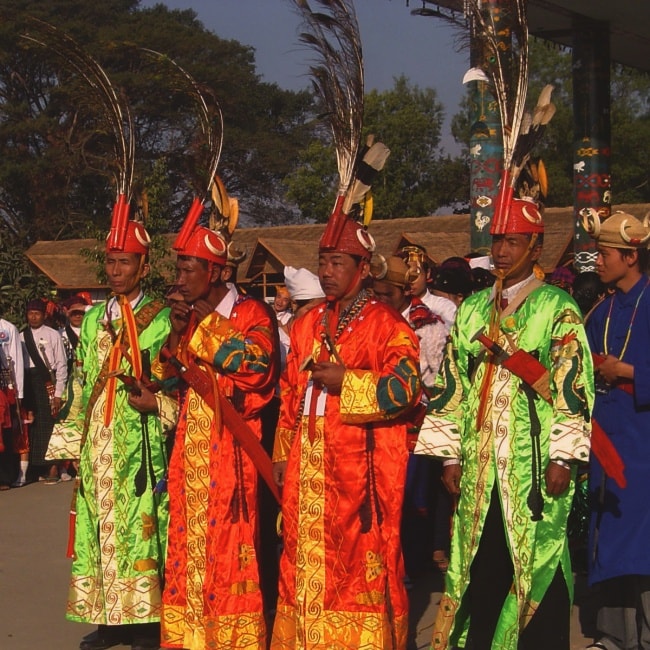
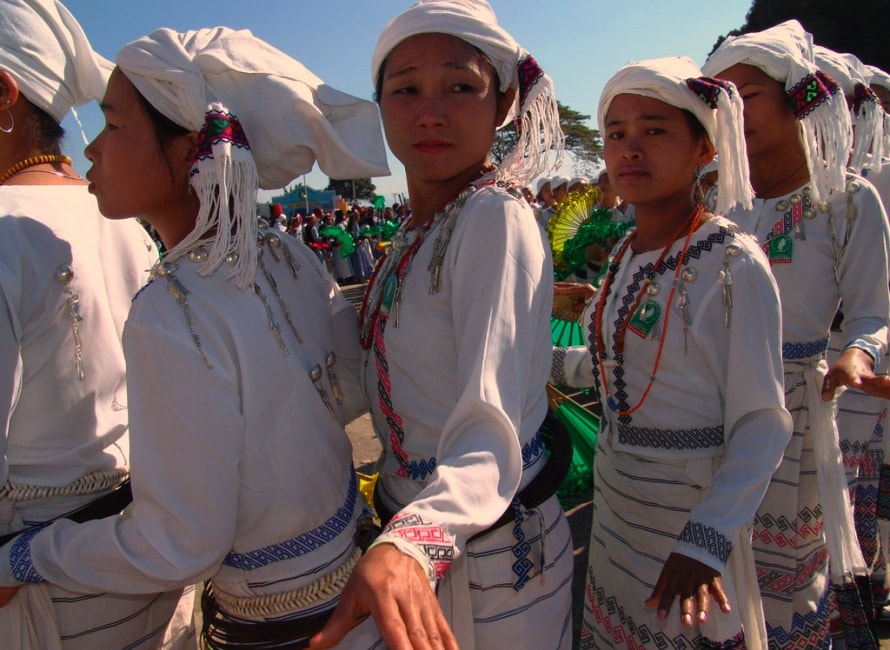
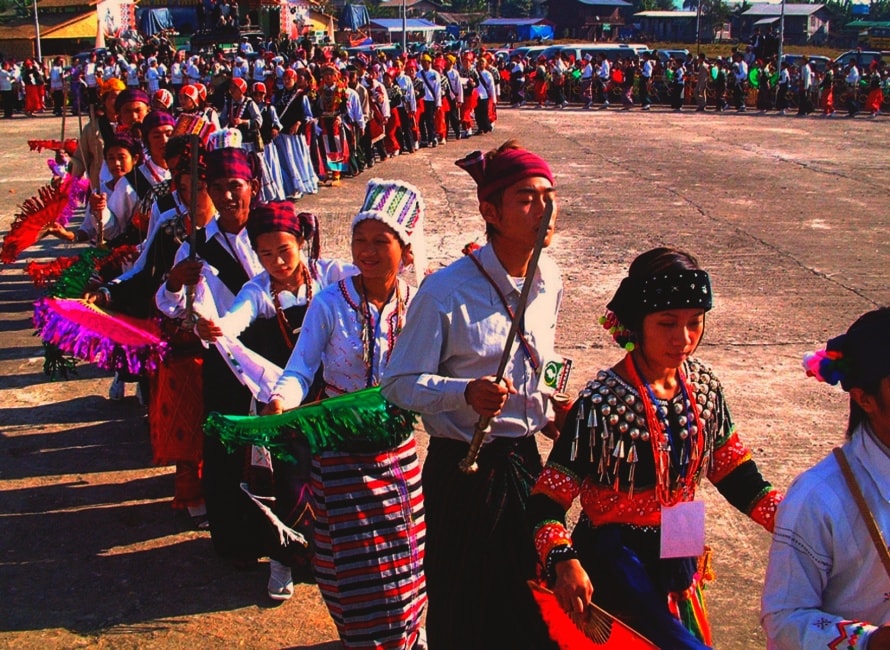
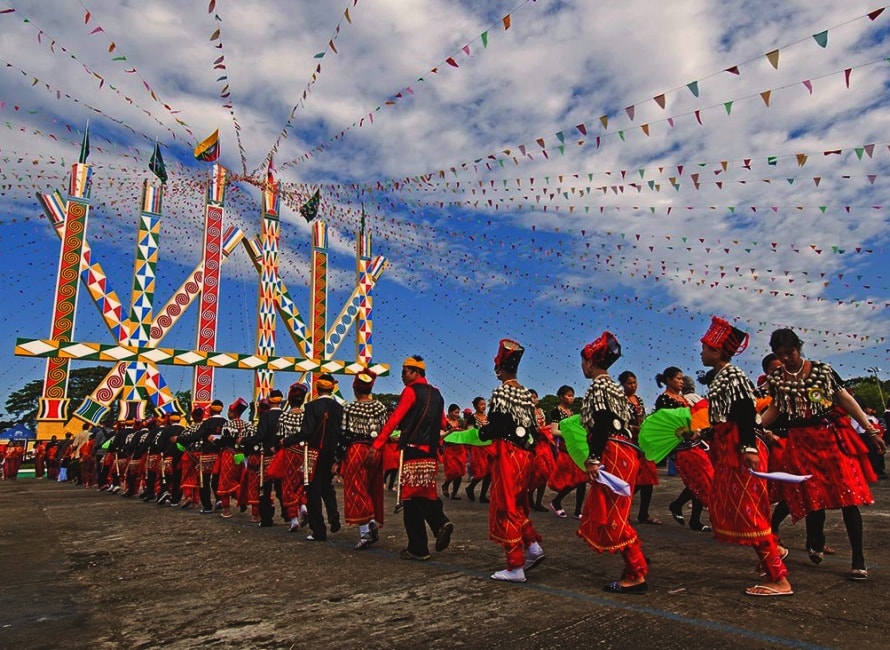
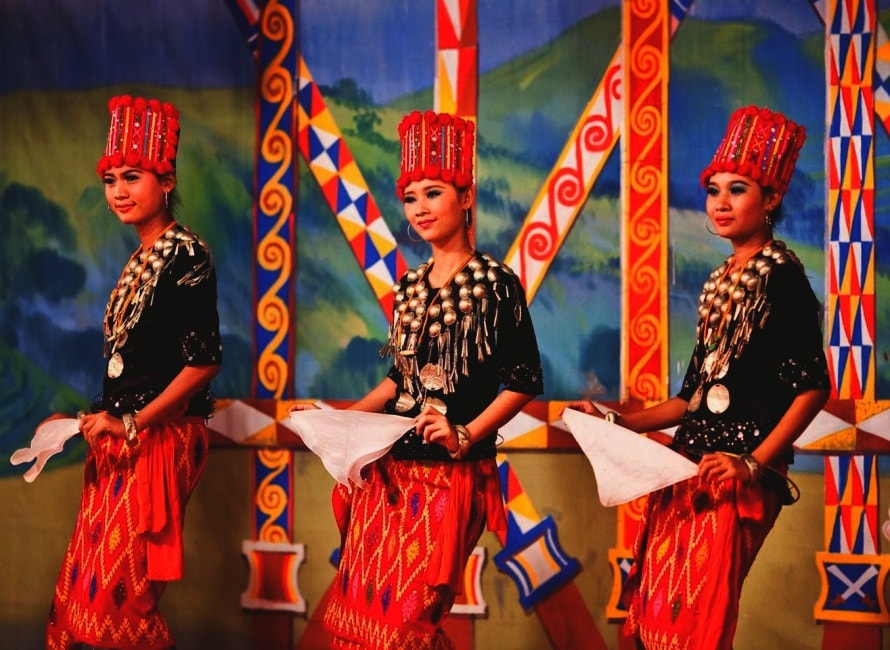
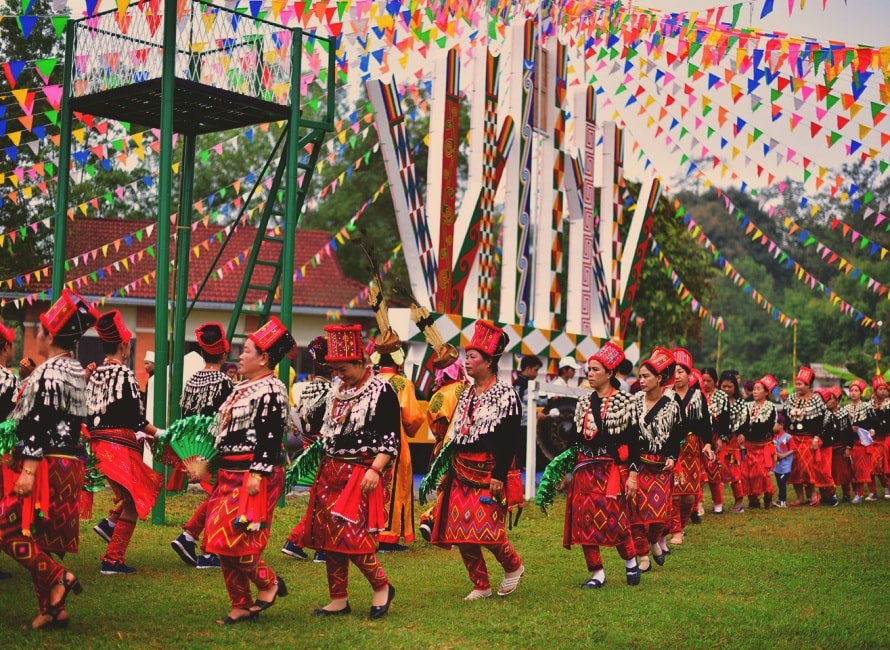

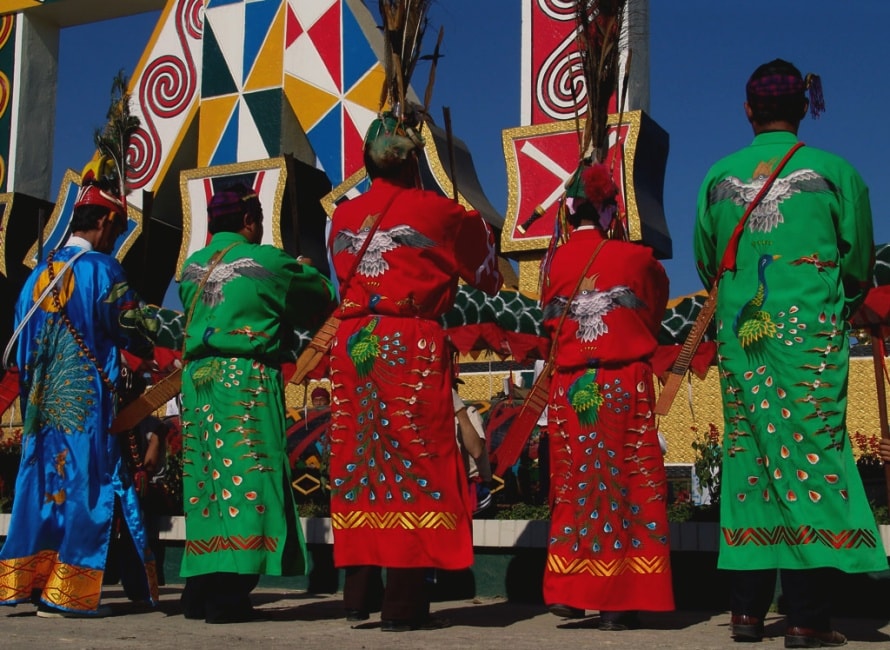
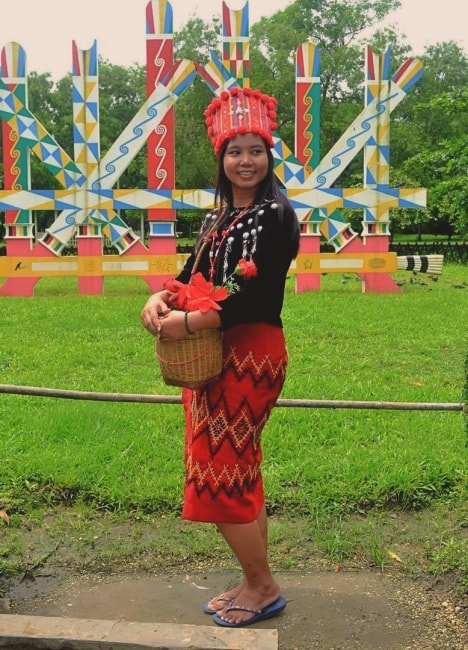



















Jolie LIEMMy name is Jolie, I am a Vietnamese girl growing up in the countryside of Hai Duong, northern Vietnam. Since a little girl, I was always dreaming of exploring the far-away lands, the unseen beauty spots of the world. My dream has been growing bigger and bigger day after day, and I do not miss a chance to make it real. After graduating from the univesity of language in Hanoi, I started the exploration with a travel agency and learning more about travel, especially responsible travel. I love experiencing the different cultures of the different lands and sharing my dream with the whole world. Hope that you love it too!